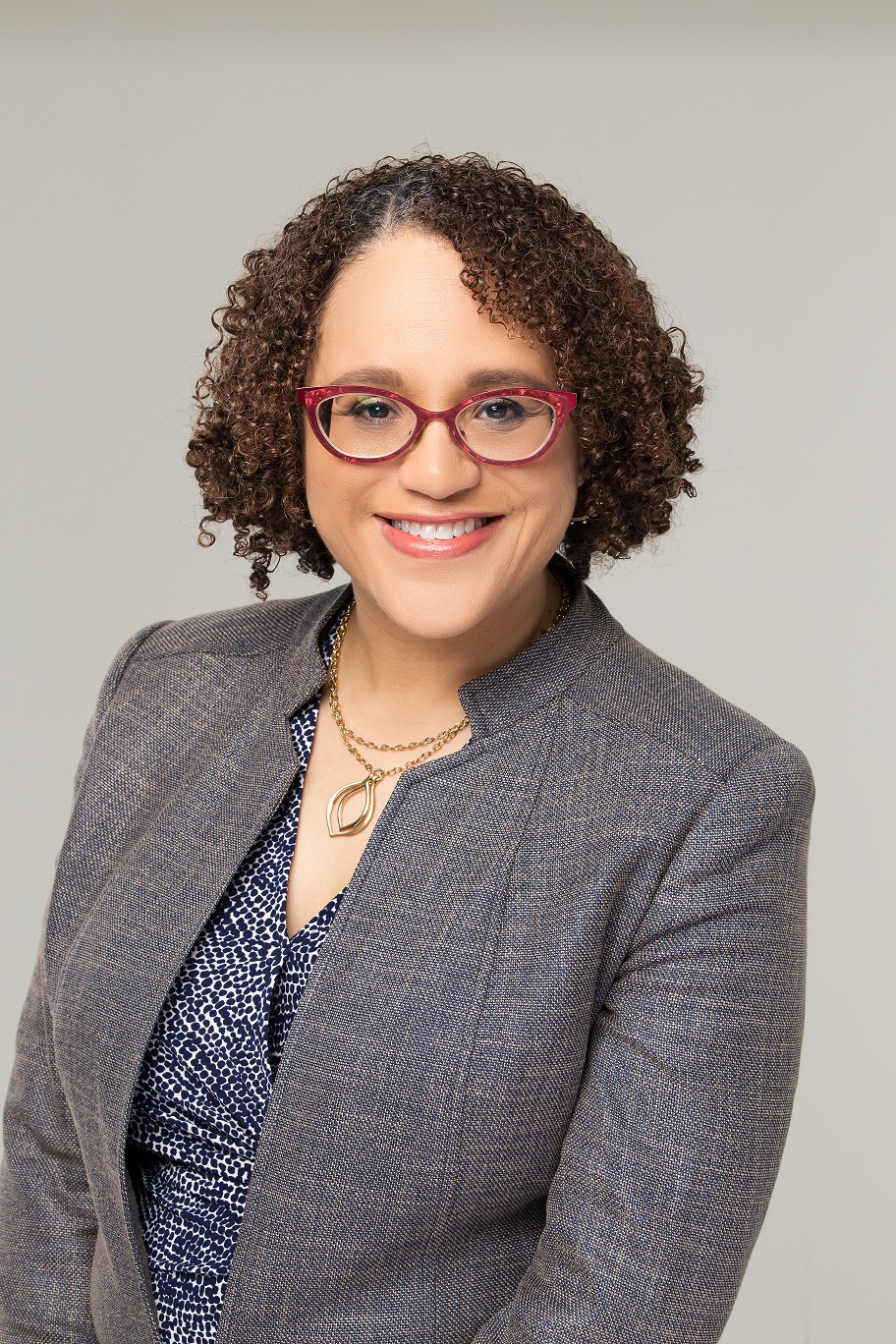
More than ever before, African American culture has become a part of the mainstream, which is why it’s excellent timing that the National Museum of African American Music will launch on Labor Day weekend. The nation’s first museum dedicated to the impact of African American music is housed in the former convention center in downtown Nashville, Tennessee. The institution celebrates the legacy of African American music and also expands Nashville’s brand beyond country. Along with the museum, which first became a topic of conversation in 2002 after it was proposed by the Chamber of Commerce, comes an impressive team that includes Senior Curator Dr. Dina Bennett. Below, Dr. Bennett, who previously served as Director of Education at B.B. King Museum and Delta Interpretative Center and Manager of the Collections and Exhibitions at the American Jazz Museum, gives us a behind-the-scenes glimpse into what goes into building a museum from the ground up. She is thrilled to add to the texture of the local cultural landscape, play a part in preserving history, and exercise her area of expertise as an Enthomusicologist to educate others.
Can you tell us about when your interest in music first arose?
I come from a musical family and grew up singing in the church choir. My father and sister are both musicians. I became one as well after attending an art camp in elementary school where the facilitators recognized my musical abilities and offered me a scholarship to take piano lessons. From there, I also began studying the clarinet and joined the marching band.
What jobs did you hold prior to making musicology your career focus?
My sister and I are the first in our family to receive college degrees. After navigating that system ourselves, I decided I wanted to help others do that. In my first career, I always worked with young people and was particularly passionate about assisting first-generation and limited-income students.
However, at age 30 I changed my career focus to accommodate my lifelong interest in music history and the social and historical circumstances behind how different styles are created. That in essence, is musicology, which I decided to pursue my PhD in at Indiana University. That led to working as the Associate Director of the Mulvane Art Museum at Washburn University in Topeka, Kansas, the BB King Museum in Indianola, Mississippi, and Delta Interpretative Center and American Jazz Museum in Kansas City, Missouri.
How did you come to be the Curatorial Director at NMAAM?
The lead scholar/ethnomusicologist on the project is Dr. Portia Maultsby who I studied under at Indiana University. I would hear bits and pieces about the project from her and was first offered the position of curatorial director in 2014. However, I wasn’t quite ready to leave the security of my university job just yet. In 2018, I reached back out to see where they were at with the process and said, “You need me and I need you because this is the passion I live and breathe.” I have been with the museum ever since.
What has it been like to assemble an entire museum from scratch?
It’s a pretty daunting task because you have to think about your objective, which for us is to tell a complete story of the African American musical tradition from the 1600’s until present day. On top of that, we had to consider how we wanted visitors to move through that experience. In order to do that, we found scholars in various genres of music, brought them together in an advisory counsel, and talked with them about our ideas and how we could make them work. The storyline and narrative has been our foundation for determining which artifacts we collect, who we collect those objects from, and how we want each artist’s legacy to be represented.
What did that artifact selection process look like?
If the musician we wanted to feature was living, then we contacted them directly. If not, we had to do our research to reach the right people who have access to the artist’s artifacts. We also obtained artifacts from state auctions, Ebay, and other institutions like the BB King Museum, which lent us a Lucille guitar and the Louis Armstrong House Museum from whom we’ve borrowed a trumpet. After doing some national press, other artists have reached out and expressed interest in having their artifacts displayed. While that’s exciting, we’ll have to wait until our first rotation to accommodate them.
Could you tell us a bit about the layout and experience of the museum?
In our 56,000-square-foot space, we have seven galleries total. Six of these are permanent. Guests begin their tour in the Roots Theatre, which will also function as a performance space, with a film that gives a foundational overview of the history of African American music. From there, visitors enter the “Rivers of Rhythm” gallery, which is a corridor where they can read biographies, listen to music, and read a historical timeline that speaks to the pivotal moments, which ushered in different genres. From there, they can visit the galleries, which are laid out chronologically and are genre-based. The first temporary exhibition will be about the Fisk Jubilee Singers.
The museum was originally intended to be on Jefferson Street in North Nashville. How do you feel about it being located downtown?
I think it bodes well that we are in the center of everything because it gives a broader definition to Music City as being bigger than country music.
What has been your favorite part of the process of putting together a brand new museum like NMAAM?
When I worked at other museums I walked right into an established organization. Seeing exhibit designs and architectural drawings come off the paper has been pretty rewarding. It’s actually been tear-inducing and overwhelming to see our weekly calls result in something tangible. All of that hard work finally paid off! (Laughs) On a more personal note, I find it very meaningful to be a tradition bearer. There is a saying, “I am my ancestor’s wildest dreams.” Mine made the transatlantic slave trade trip from Africa to the States so to honor them through my work is a privilege. Being a curtorial director, especially at NMAAM, is a sacred mission.
Learn about the National Museum of African American Music here



